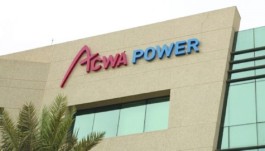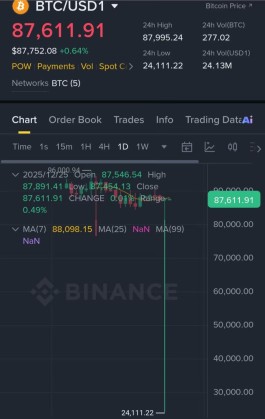Oil extended its gains today, as weak inflation in the US led to optimism that the rate hike cycle may be nearing its end, further improving the demand outlook.
West Texas Intermediate crude rose above $76 a barrel after closing 1.2% higher on Wednesday, supported by lower U.S. consumer price inflation to its lowest level in more than two years and a weak dollar, both of which offset the 6 million-barrel increase in crude oil. US crude stocks, which is the largest jump in 4 weeks.
The Organization of the Petroleum Exporting Countries (OPEC) and the International Energy Agency will release reports later in the day, providing a clearer picture of the oil market, which is expected to contract during the second half of this year, which leads to higher prices.
Revenues from OPEC oil exports last year recorded the highest level in a decade
Brent crude, the global benchmark, closed above $80 a barrel on Wednesday, for the first time since April.
Oil remains slightly below its levels at the start of the year, due in part to a lackluster recovery in China's economy. But the two heavyweights in the OPEC+ alliance, Saudi Arabia and Russia, have pledged to cut supplies to support the market. The main Russian Urals crude has breached the price ceiling set by the Group of Seven, which could constitute a potential economic gain for Moscow.
Vivek Dhar, director of mining and energy commodities research at the Commonwealth Bank of Australia, said crude oil prices still had room to run with limited supply compared to growing demand for the remainder of the year. The bank expects Brent crude to average $85 a barrel in the fourth quarter.
West Texas Intermediate crude for August delivery rose 0.4% to $76.06 a barrel at 11:30 am in Singapore, while Brent crude for September delivery rose 0.5% to $80.49 a barrel.







































